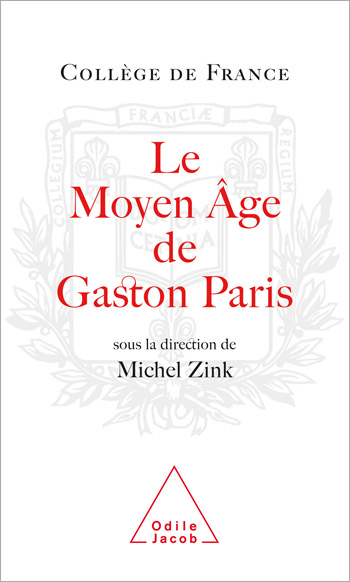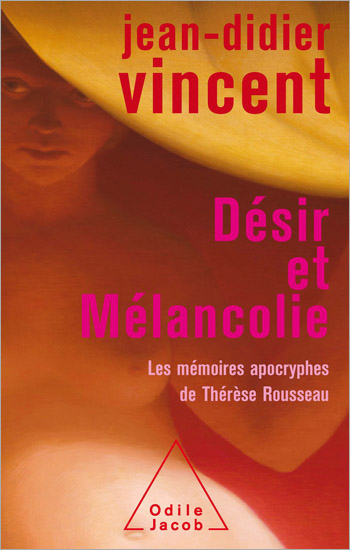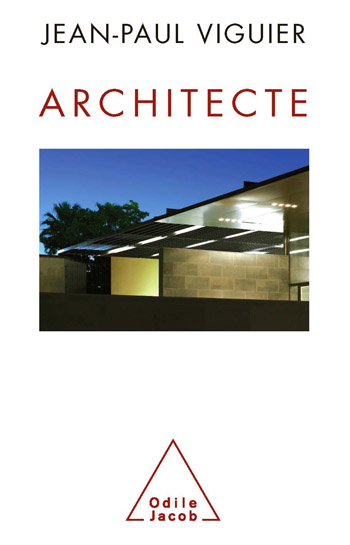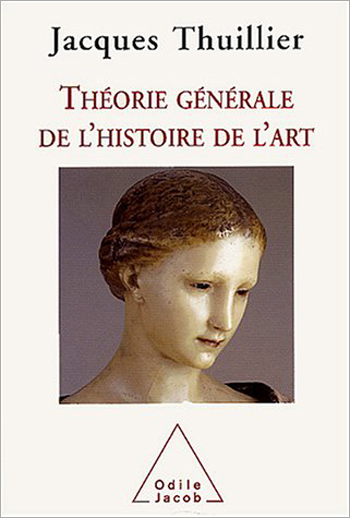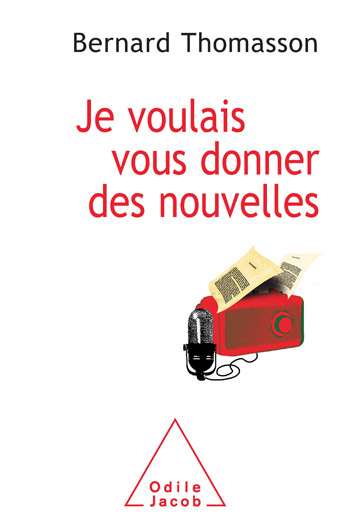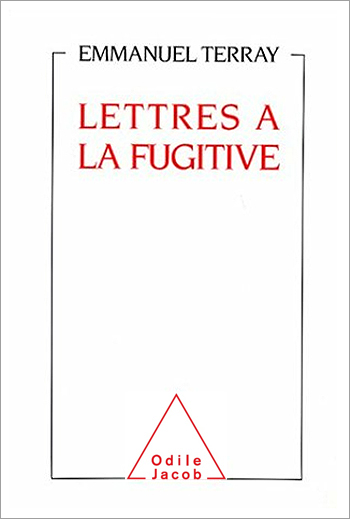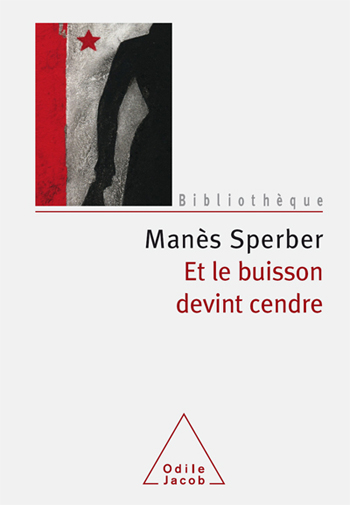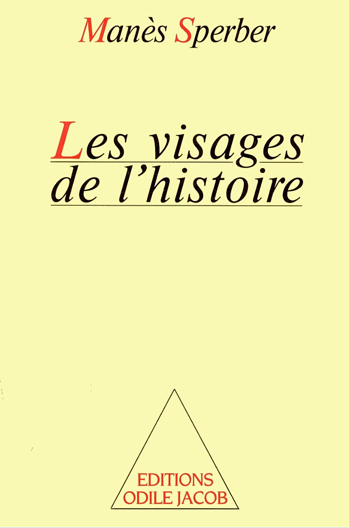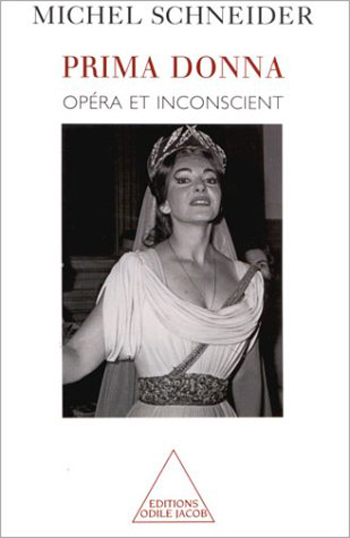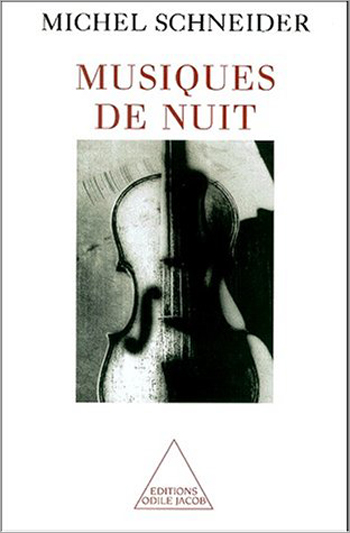Art and Literature All books
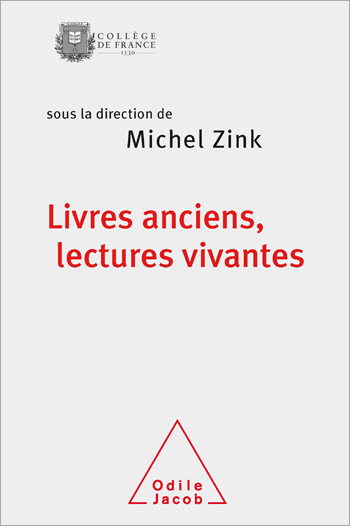
Michel Zink
Books from the Past, Readings for Today
When you read an ancient text — which is what you do whenever you read anything besides today’s paper or the latest bestseller...
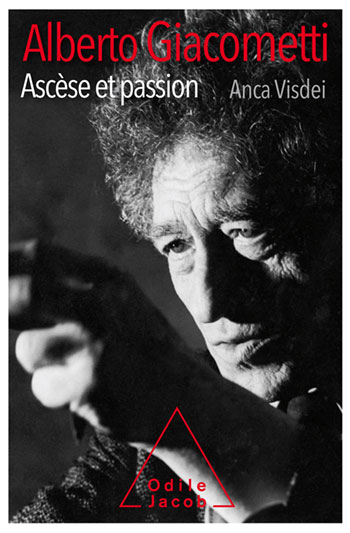
Anca Visdei
A Biography of Alberto Giacometti
A fascinating narrative that recounts the life of a major artist and his relationship with his work and with creation, in which relationships with those close to him, notably with his mother, played an important role.
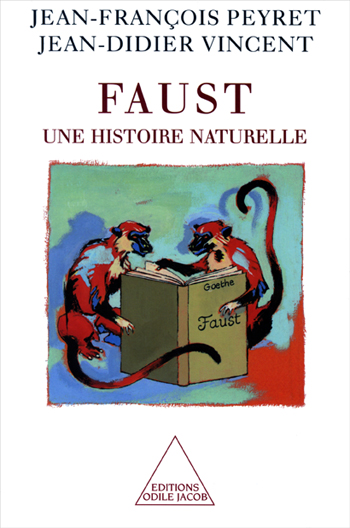
Jean-François Peyret, Jean-Didier Vincent
Faust A Natural History
It all began in July 1995, when theatre director Jean-François Peyret met with biologist Jean-Didier Vincent, in the latters lab. The intellectual exchange and friendship that developed from that meeting resulted, several years later, in a theatrical production based on a free adaptation of Goethes Faust, until then deemed unperformable. In this book, they look back on their production of Faust, and take stock of their experience. Their book can be regarded as a novel, a dialogue, a confession, a reinterpretation of Faust, or simply a mind game. Quietly and without ostentation, Peyret offers the reader a brilliant examination of the theatre today, and Vincent upholds his views more freely and strongly than ever before.
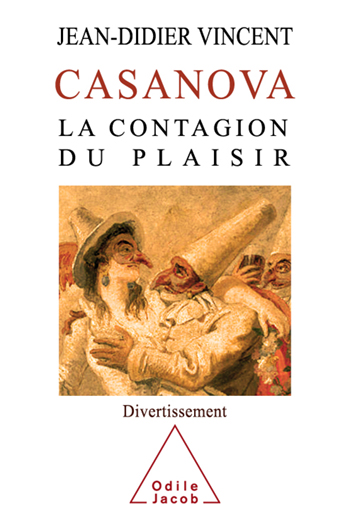
Jean-Didier Vincent
Casanova - The Diseases of Pleasure
J.-D. Vincent, author of The Biology of Passions, now turns his energetic eye upon the famous Venitian adventurer of the 18th century, whose Memoirs are strangely peppered with glorious descriptions of his diseases: no less than eleven small poxes for a multitude of conquests...
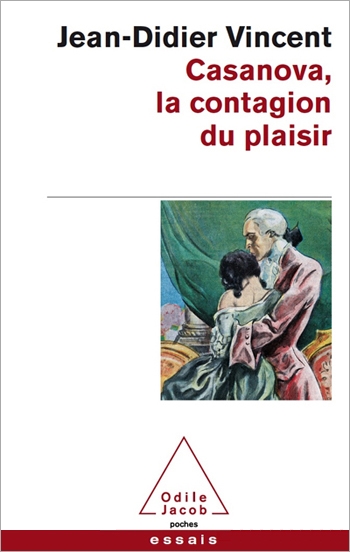
Jean-Didier Vincent
Casanova The Diseases of Pleasure
J.-D. Vincent, author of The Biology of Passions, now turns his energetic eye upon the famous Venitian adventurer of the 18th century, whose Memoirs are strangely peppered with glorious descriptions of his diseases: no less than eleven small poxes for a multitude of conquests...

Lucy Vincent
Make Your Brain Dance
Fatigue, bad mood, stress, eating disorder, sleep problems… : a scientifically-based explanation of the effects of dance to improve your everyday life.
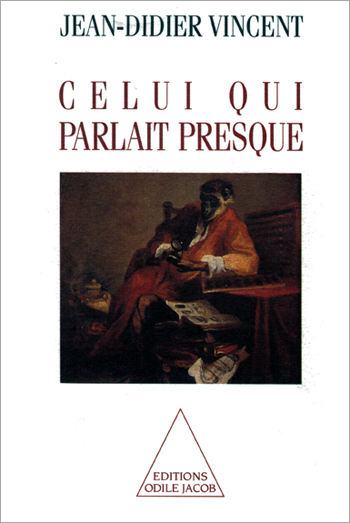
Jean-Didier Vincent
Celui qui parlait presque
When a rich English woman, a grouchy scientist, a bonobo monkey and a young man interested in religion meet together in a castle of Provence, what do they do? They talk. And what do they talk about? About the origins of life, the appearance of language, about the secrets of memory, or about the emergence of desire. Subtle and witty, J.-D. Vincent, a neurobiologist, author of The Biology of Passions, offers us here a defense and an illustration of material reason.
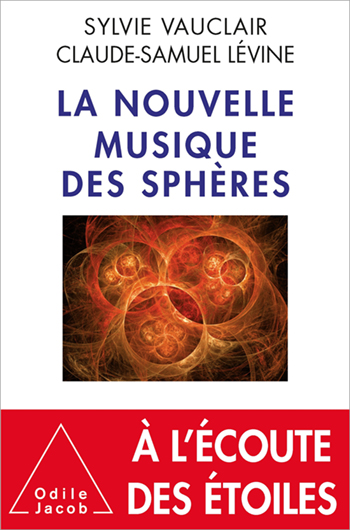
Sylvie Vauclair, Claude-Samuel Lévine
The Music of the Spheres
A fascinating work on a the latest findings in the study of the stars
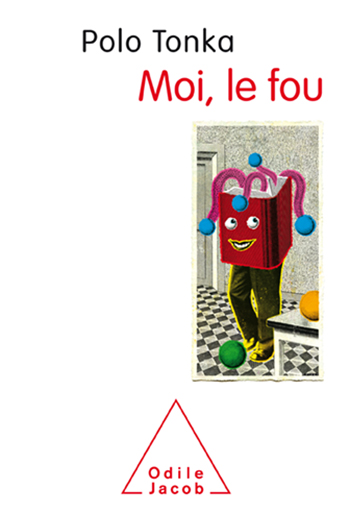
Polo Tonka
I Am the Crazy One
In the vein of his earlier work, the author, a true writer, speaks with great clarity about his mental state, and shares the excesses of it with humor and irony.
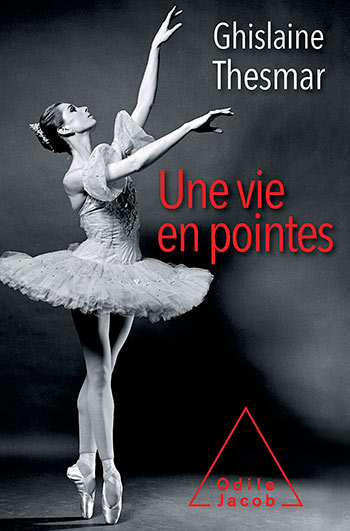
Ghislaine Thesmar
A Life on Pointe Dance as destiny
The story of an exceptional principal dancer which in a very beautiful style offers an impassioned look at her life. With Ghislaine Thesmar, the reader enters fully into that long line of transmission of the art of dance, one that is constantly renewed and enriched.

Jacques Testard
Eve, or the Clone ?
It's 2016 in Paris. Not much has changed, except that, now, a huge protective wall separates privileged neighborhoods from the surrounding slums, which are crowded which those of inferior genes. A member of the National Committee for Genetic Evaluation, young Eve observes the world around her without much soul-searching. That is, until the day when a series of strange e-mail messages turn her life upside down. Before his death, her father had discovered how to clone human beings. Has he tried out his discovery on his very own daughter? Part scientific fable, part story of love and suspense, Testart brings up ethical questions posed by the possibility of human cloning. Father of the first French test-tube baby, Jacques Testart is director of the in vitro fertilization laboratory at the Antoine-Béclère Hospital.
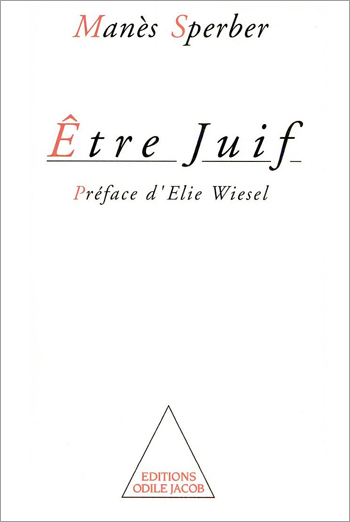
Manès Sperber
Being Jewish
A non-practicing Jew, Manès Sperber learned to read the Bible at the age of three and continued to re-read it until the end of his life. Neither religious, nor a militant Zionist, nor an aethiest, nor aligned with any cultural Judaism, he professes as his only faith a "religion of good memory." His is a Judaism lived as humanism and as an ethic, as a refusal of all idolatry, of exclusion of others, and a constant combat against hate of any kind. It is a profound attachment to the Israelite nation and a prudent attitude towards the State of Israel that Sperber illustrates in these brilliant essays prefaced by Elie Weisel, where analysis of Jewish thought and identity walk hand in hand with the eternal question: Why anti-semitism?
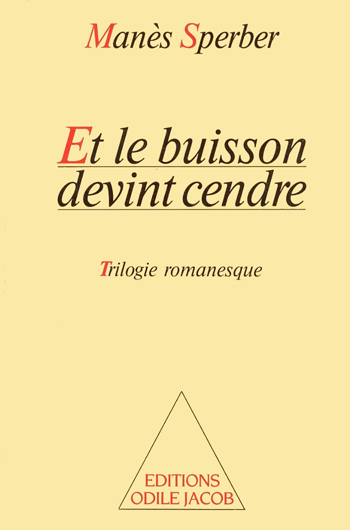
Manès Sperber
And the Bush Became Ashes
Novelist, essayist, and philosopher Manès Sperber is a major witness of the twentieth century. Born in 1905, he became the closest disciple of Adler, a Viennese psychologist known for his rejection of psychoanalysis. Driven from Berlin by the Nazis in 1933, he definitely broke with communism during the 1937 Moscow trials and established himself in the Parisian intellectual circles of Malraux, Camus, Koestler and Aron. Recognized in German countries as a major writer, his work has received many literary prizes. By publishing his three novels in one newly translated volume, Odile Jecob proposes a reference edition of this epic.
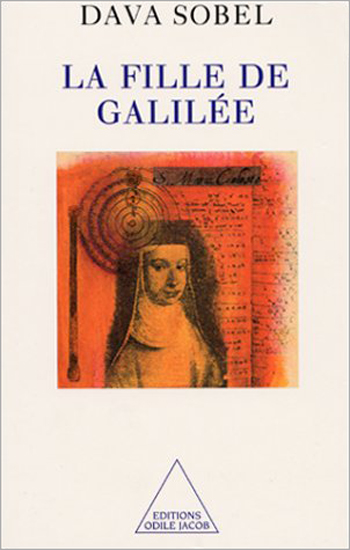
Dava Sobel
Galileos Daughter
This is a most unusual biography about Galileos daughter. Galileo Galilei (1564-1642) was regarded by Albert Einstein not only as the father of modern physics but as the father of all modern science. His eldest child, Virginia, mirrored Galileos own brilliance, industry and sensibility, and by virtue of these qualities became his confidante. Their correspondence, reproduced throughout the book, reveals their intense relationship, based on tender attachment and intellectual stimulation. The little-known life of Maria Celeste gives a human dimension to one of the major seventeenth-century scientists. His struggle with the Church is a lasting symbol of the conflict between science and religion. Galileos Daughter offers a powerful account of papal Rome and of Florentine intellectual life during the time of the Medicis. Dava Sobel is a writer who lives in New York
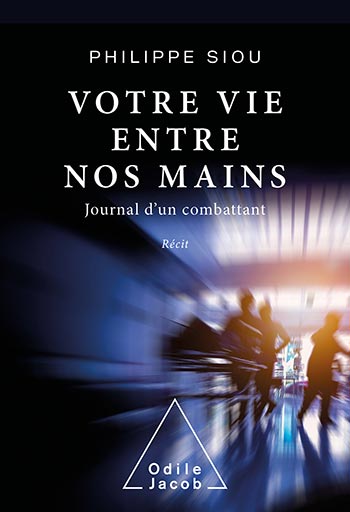
Philippe Siou
Living
Starting with an account from the field written in an unrestrained tone by a practitioner dealing with a patient’s end of life, an unprecedented questioning on the deontology of a doctor and the intricacies of our hospital system.
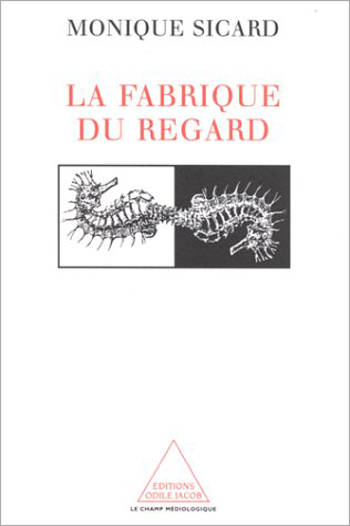
Monique Sicard
The Making of the Image
It was during the Renaissance that images and pictures were first used by anatomists, microscopists, and astronomers as scientific tools. In that era, scientific images served as a kind of inventory of the known world. In the 19th century, the popularization of scientific ideas gave science a new vigor. Photographic images gave science a new reality, explaining and legitimizing scientific concepts--movement, for example--to a fascinated public. In our days, the scientific image is often a construction--helping us to represent objects and ideas that, like fractals or black holes, cannot be defined through actual observation. Monique Sicard is Projects Director at CNRS Images Média.
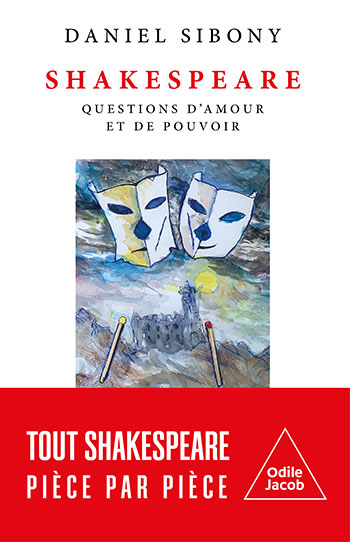
Daniel Sibony
Shakespeare
An author popular with readers interested in psychoanalysis and books about literature. A highly original and exhaustive examination of one of the world’s most popular playwrights.
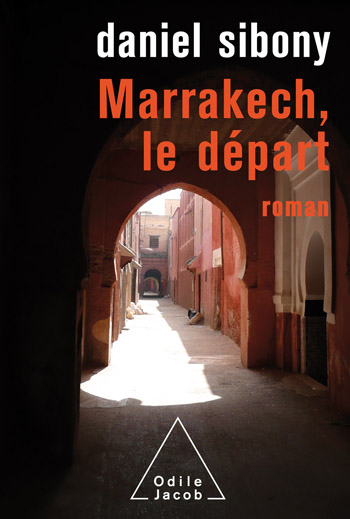
Daniel Sibony
Marrakech, Departure Point
During a weekend trip to Marrakech — his hometown — a novelist has a love affair that becomes intertwined with reminiscences of his childhood.
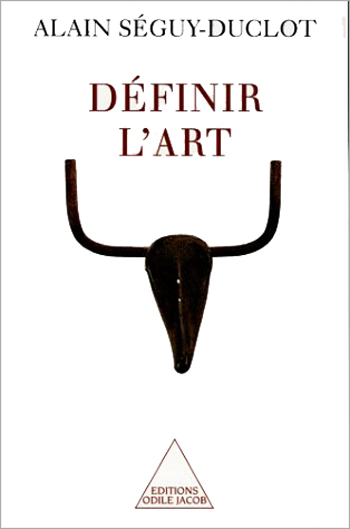
Alain Séguy-Duclot
Defining Art
The general consensus is that art is impossible to define and that the evaluation of works of art is always subjective. Countering these affirmations, Alain Séguy-Duclot shows in this work that art can, in fact, be defined. Duchamp's readymades (industrial objects in series, snow shovels, wine racks, etc) constitute a point of departure for this reflection. He argues that, rather than showing that art was undefinable, the readymades proved that art was definable. It is this that Séguy-Duclot sets out to prove in this incisive and passionate work. Alain Séguy-Duclot is a philosopher, and a professor at the University of Tours.
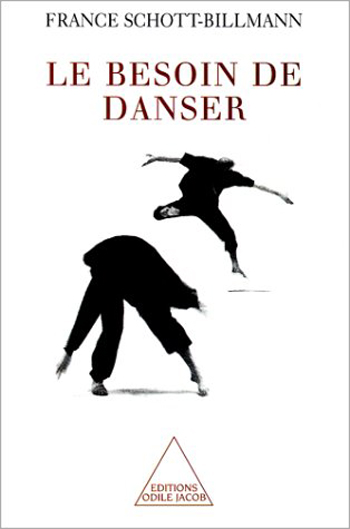
France Schott-Billmann
The Need to Dance
Village dances, the craze for Oriental and African dancing, the large number of rave parties - over the past few years, the joy of dancing seems to have been rediscovered in France. What does the desire to dance hide?

France Schott-Billmann
Therapy through Rhythmic Dance Healing through dance
Dance: an inner movement that can liberate any person who allows him or herself to be carried away by music.
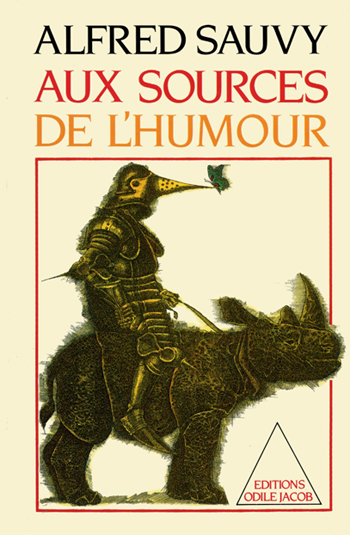
Alfred Sauvy
The Sources of Humour
With a view as encyclopedic as it is malicious, Alfred Sauvy invites us to journey through centuries and cultures in search of that eternal antidote to sadness and pedantry: humor. Faithful to his own voice, the author voluntarily leaves the floor to the humorists and offers us a pivotal reference work that combines erudition with an anthology that is full of alacrity. Alfred Sauvy (1898-1990) was a professor at the Collège de France, created and directed the Institut de Conjoncture, and later the National Institute of Demographic Study. Member of the Economic and Social Council of Paris, he was a longtime representative of France at the United Nations.

